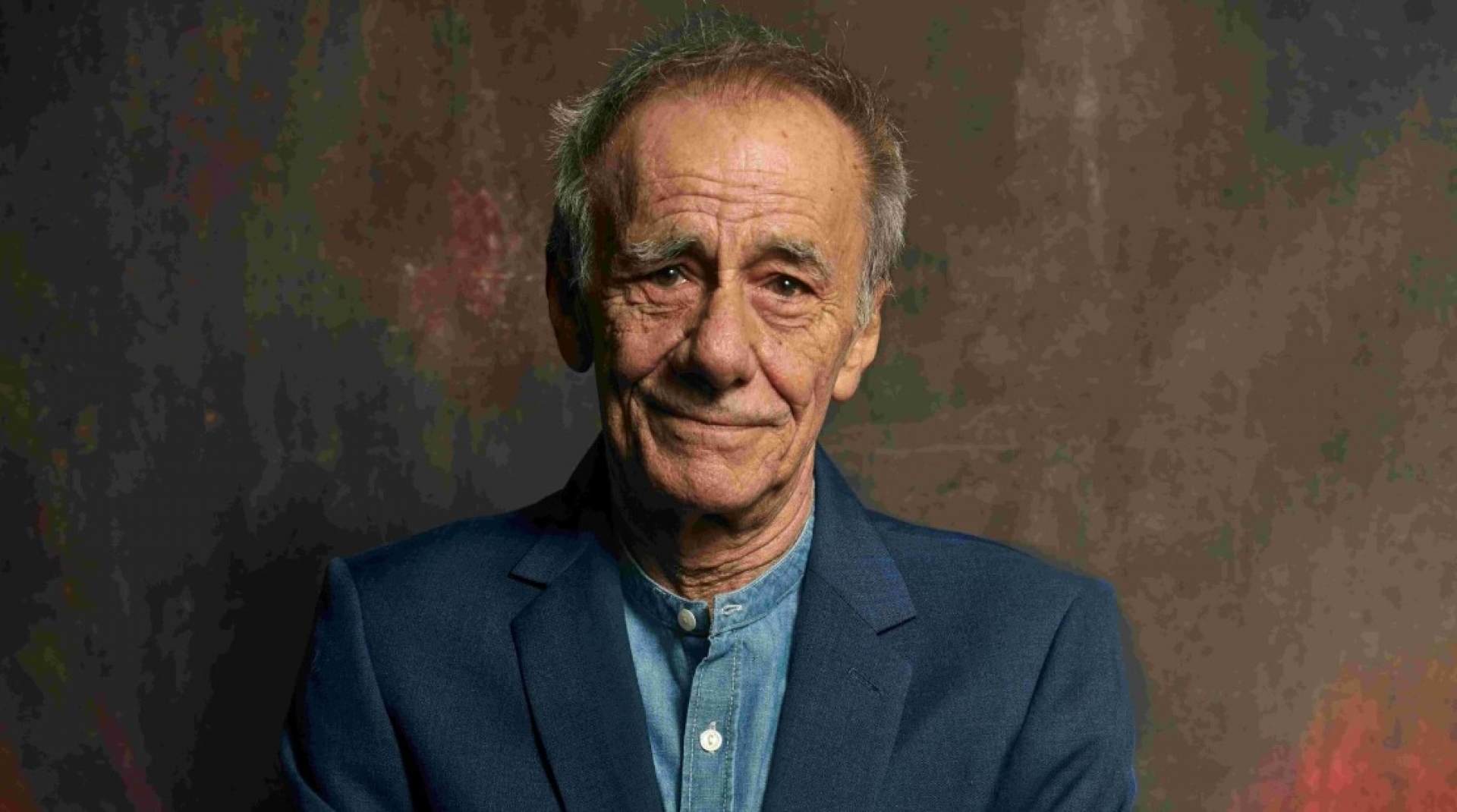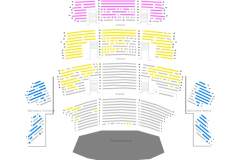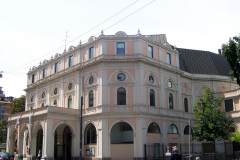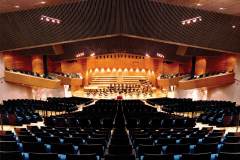Roberto Vecchioni, Between Silence and Thunder Tour
March 2025 | ||||||
|---|---|---|---|---|---|---|
Mo | Tu | We | Th | Fr | Sa | Su |
After the success of participating in the 74th edition of the Festival di Sanremo in the evening of covers, in a duet with Alfa with the song "Sogna ragazzo sogna," which has been available on digital platforms in a new version since March 6th for Artist First and DM Produzioni, Roberto Vecchioni returns to live performances with the "Tra il silenzio e il tuono Tour," named after his latest literary work, which tops the Italian narrative rankings.
The show, produced by DM Produzioni, is scheduled to take place in theaters and the most suggestive locations in Italy. The first part is dedicated to songs from his latest album L’Infinito, and later transitions to some classics from the singer-songwriter's repertoire, in a narrative that combines music, words, and imagery.
From February 27, 2024, Vecchioni's new book Tra il silenzio e il tuono, published by Einaudi, will be available in bookstores. The title itself, a self-reference to Chiamami ancora amore, highlights the autobiographical nature along with the analysis of the great themes that fuel the author's passion: literature, philosophy, music, and cinema.
“Tra il silenzio e il tuono Tour is a great show of songs, images, and monologues. The silence belongs to the imagination, the spirit, the soul, while the thunder belongs to what I have done and what has been done to me—that is, life, which beats strongly: the only way to calm it is to turn to the spirit,” Vecchioni explains. "The entire first part of the show revolves around the latest album and the characters who have defied fate, fought evil, and loved life, others, and themselves. It reflects a recent, new concept of mine, a deep love for everything one does and lives. The second part of the show, instead, is a sort of return, a glance at the past with earlier songs that show how I arrived at the concept of infinity through particular thoughts on love, dreams, existence, pain, joy, happiness… and how all these little things have come together into one single idea, which is to love life no matter what, whether it's beautiful or ugly because in reality, it’s always beautiful. We are the ones who sometimes imagine it differently.”
Roberto Vecchioni is accompanied by the "historical band," composed of Lucio Fabbri (piano and violin), Massimo Germini (acoustic guitar), Antonio Petruzzelli (bass), and Roberto Gualdi (drums).
Program and cast
Teatro dal Verme
The Teatro Dal Verme is a theatre in Milan, Italy located on the Via San Giovanni sul Muro, on the site of the former private theatre the Politeama Ciniselli. It was designed by Giuseppe Pestagalli to a commission from Count Francesco Dal Verme, and was used primarily for plays and opera performances throughout the 19th and early 20th centuries. Today, the theatre is no longer used for opera, and is a venue for concerts, plays and dance performances, as well as exhibitions and conferences.
The original 3,000-seat theatre, surmounted by a large cupola, was constructed in the traditional horseshoe shape, with two tiers of boxes and a large gallery (or loggione) which alone contained more than 1000 seats. It opened on September 14, 1872 with a production of Meyerbeer's Les Huguenots and soon established itself as one of Italy's most important opera houses. During its "golden years", the theatre saw the world premieres of Puccini's Le Villi (May 31, 1884); Leoncavallo's Pagliacci (May 21, 1892) and I Medici (November 9, 1893); and Cowen's Signa (November 12, 1893). It also saw the Italian premiere of Lehár's The Merry Widow (April 27, 1907).
By the 1930s, the theatre was mainly being used as a cinema. It was then severely damaged by American aerial bombardment during World War II, after which its magnificent central cupola, which had survived the bombing, was stripped of all its metal parts by the occupying German army. It was partially rebuilt in 1946, and for a period in the 1950s it was used for the performance of musicals. It then reverted to a cinema and a political conference hall.
In 1991, the theatre's interior underwent a major restructuring and renovation project which was completed in 1998. It now has a large modern auditorium, the Sala Grande, with 1420 seats, a smaller performing space known as the Sala Piccola, with 200 seats, and a space for exhibitions and conferences, the Sala Terrazzo. Since September 2001, it has been administered

 EN
EN DE
DE IT
IT FR
FR ES
ES RU
RU JP
JP RO
RO
 Seating plan
Seating plan 
